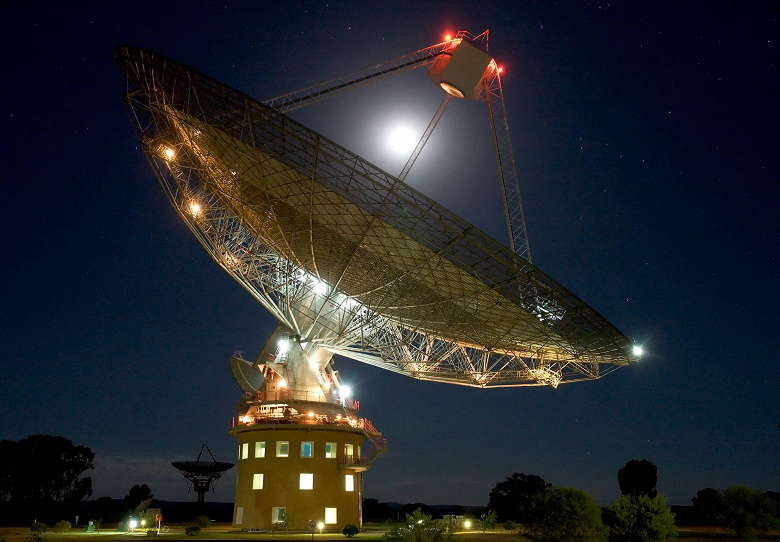Most searches today are conducted by ground-based radio telescopes, which means that any terrestrial or satellite radio interference can generate a radio signal that mimics the technosignature of aliens.
False signals have given and then shattered hopes ever since the first dedicated SETI program began in 1960. The new model checks for evidence that the signal actually traveled through interstellar space and helps rule out the possibility that it’s just man-made radio interference. The model was developed by astronomers as part of the Breakthrough Listen (BL) program at the University of California.
With the help of the NE2001 model, it will be possible to evaluate the signal properties of a set of input parameters, including direction, distance, frequency, and speed. However, this input is a huge parameter space with no a priori preference. Even with limits for each individual parameter, it would be prohibitively expensive to compute properties for each combination of potential parameters. At the same time, the probability of detecting suitable signals depends on our position in the Galaxy and on which sector of the sky the observations are made. Therefore, the scientists further narrowed the parameters of observational configurations and temporal conditions to those that are most likely to be detected using existing tools. The model will be able to estimate which range of scales should be used for a given sky direction and frequency band.
In the classic algorithm, SETI astronomers check the detected signals by aiming the telescope at a different region of the sky, and then repeatedly return to the original sector where the signal was detected to find out if it was repeated. If a signal is detected from multiple directions, it is considered RFI. The registered repeated signal may turn out to be produced on Earth, and the first alien signal may well be one-time. And if the signal is not repeated, then little can be said about it.
To this end, BL uses “ON-OFF” observations, in which different points in the sky are observed according to an ABABAB or ABACAD pattern. To further limit the filter, radio astronomers check to see if a signal has appeared in all three ON(A) observations.

New SETI method can filter out interference from Earth to focus on alien signals
For the filter to work properly, the signals must be continuous throughout the observations. Ideally, the candidate should be detected on repeated observations, which requires even longer signal duration. However, as in the case of terrestrial emissions, narrow-band signals from outside the solar system can be impulsive. In such cases, signals may appear in only one or two ON observations, resulting in them being lost by the current filters.
Although false positives are recorded in practice, the presence of referral requirements still serves as the basis for identifying candidates, with subsequent observations for re-registration.
To improve the method, scientists answered the following question: since the signals of extraterrestrial civilizations must pass through interstellar space, are there such effects available for registration by current equipment that would allow us to reliably separate the signal from interference?
The new signal filter is based on the fact that RF scatter effects can change narrowband signals so that they can be detected and distinguished from terrestrial “interference”. The signal filter would be an important tool for evaluating possible technosignatures. For signals that do not pass a direction filter, a scatter-based filter can store erroneously filtered signals.
Much of our understanding of the scattering of radio signals comes from observations of pulsars, especially by analyzing pulses and intensity fluctuations in time-frequency space. These observations led to the construction of models that describe the stochastic nature of the signals.
“For me, this is one of SETI’s biggest achievements in a long time. Now we have a method that will allow us to distinguish even a single signal from radio frequency interference. Such as the signal “Wow!” are often one-shots,” said Breakthrough Listen principal investigator Dr. Andrew Simion, director of the SETI Research Center at Berkeley. In the quote, Simion cites the famous 72-second signal observed on August 15, 1977 by a radio telescope in Ohio as an example. Radio and microwave astronomy has played an important role in modern SETI since the original proposal in 1959 to search near the neutral hydrogen line at 1.42 GHz for continuous narrow band radiation. Of the entire electromagnetic spectrum, radio frequency is the most suitable range for searching for such signals. Expected, that it is precisely such radiation that will testify to the technological activity of developed civilizations. Judging by the ease with which our civilization produces narrow-band signals with a hertz width, it is quite possible to expect the same from advanced life outside the solar system.




